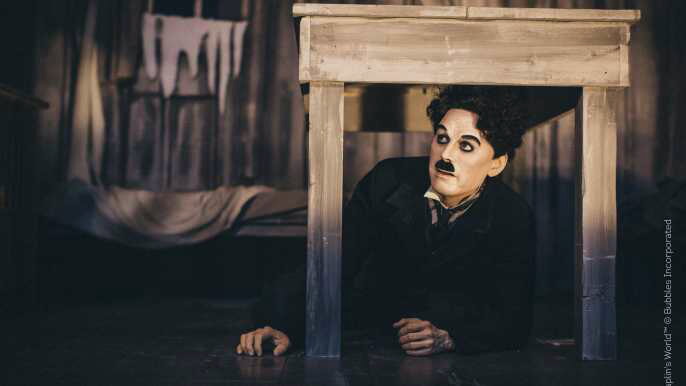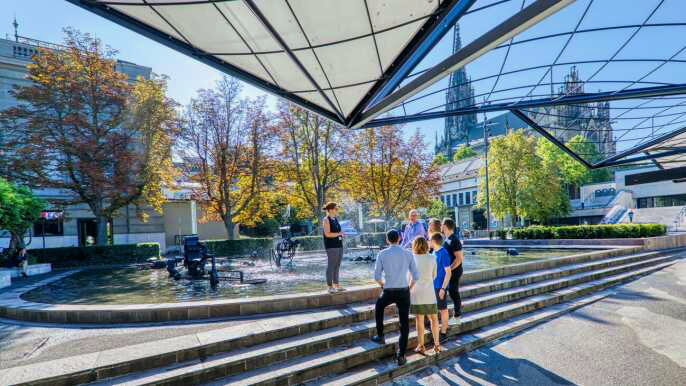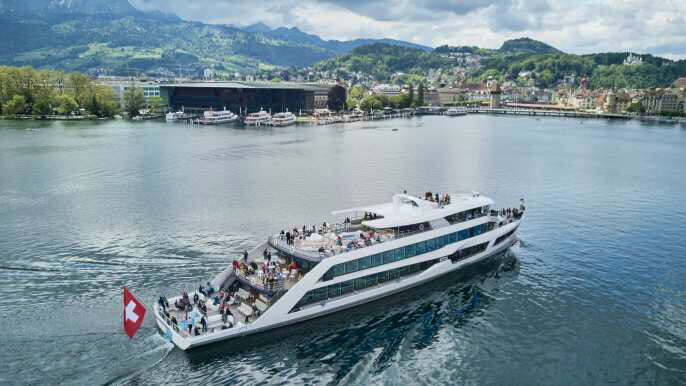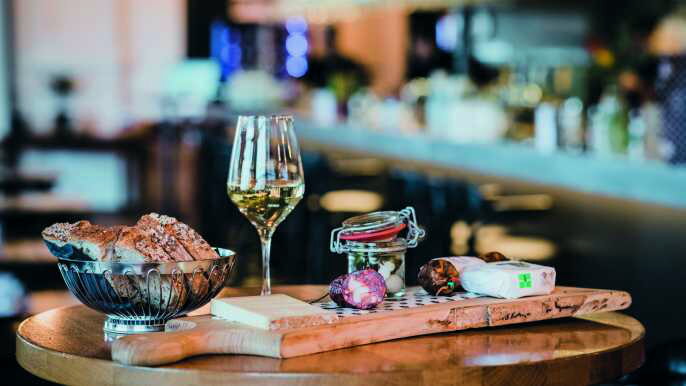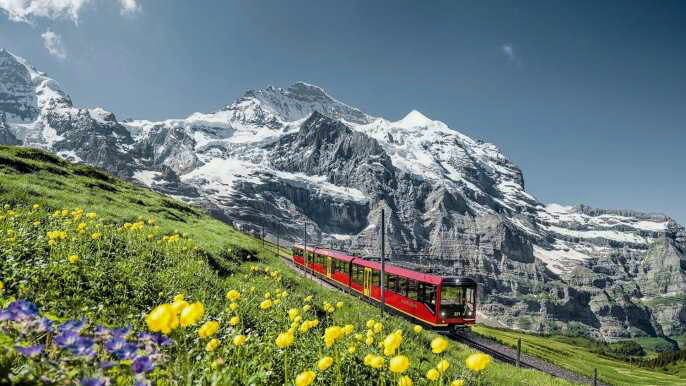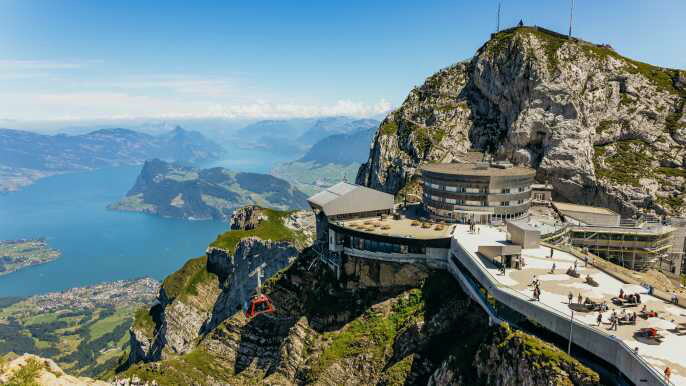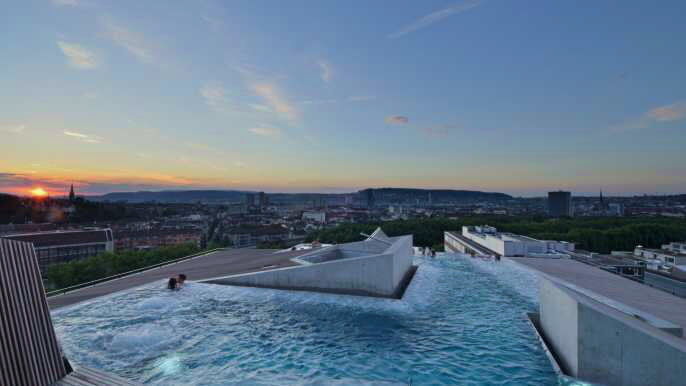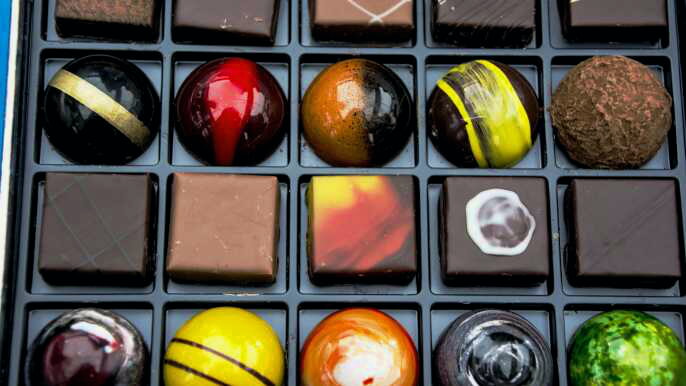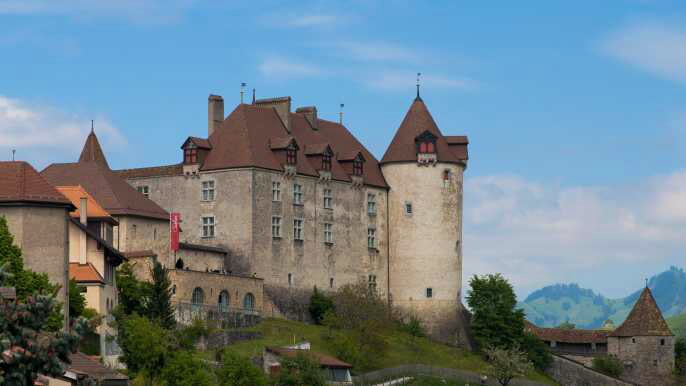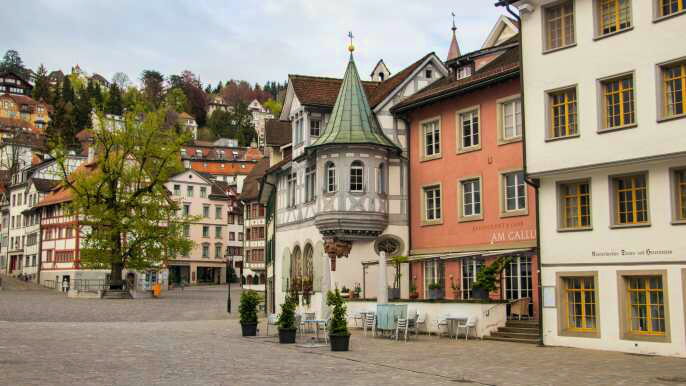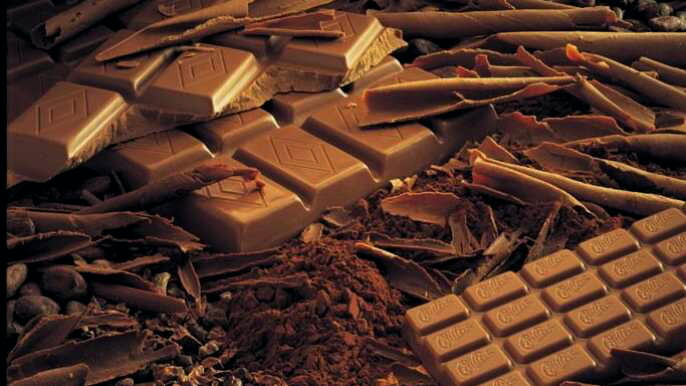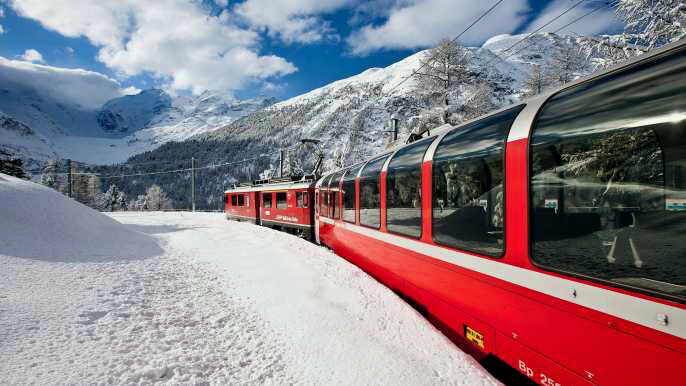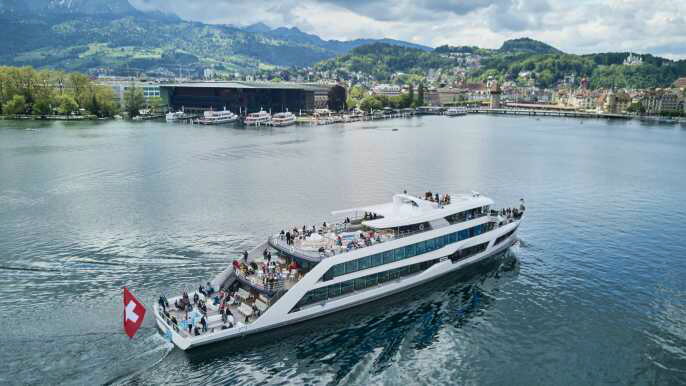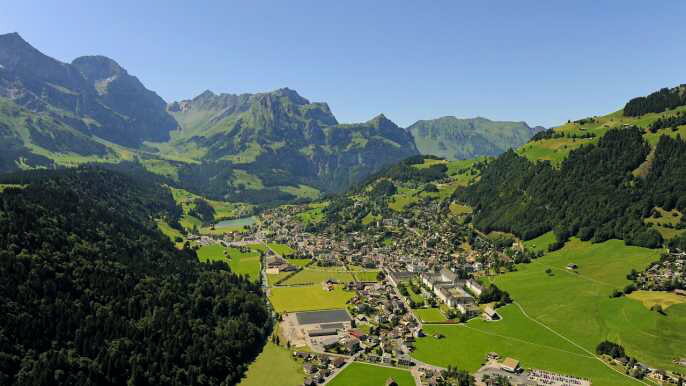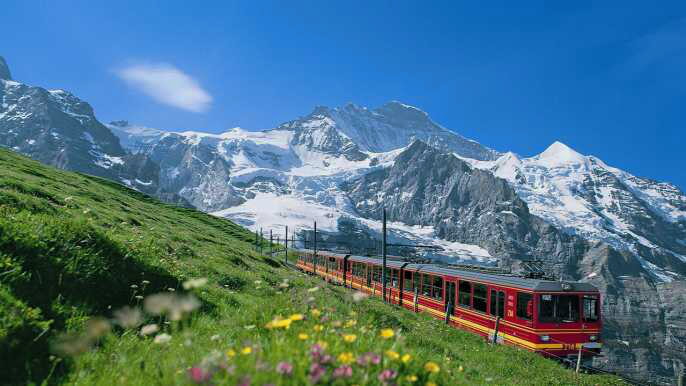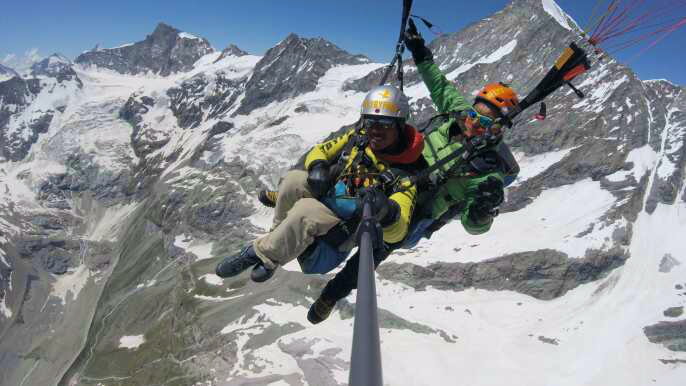Located in southern Switzerland, Lugano has a mix of Swiss and Mediterranean culture. The city is surrounded by mountains, and stands on the northern shore of glacial Lake Lugano. The city is closely related to northern Lombardy, and has a mixture of Italian, Swiss and Mediterranean cultures.
Piazza Della Riforma
Located in the heart of downtown Lugano, Piazza Della Riforma is one of the most important tourist attractions in town. This square is surrounded by a number of small alleys and shops. It is also the site of various street entertainments. This is a great place to spend some quality time with your family or friends.
The most impressive part of this square is the Neoclassic Palazzo Civico, which is the seat of the city hall. There is also a Museum of Cultures. This square is also a meeting point for locals and tourists.
Another popular attraction is the nearby Lake Lugano. This is a great place for a relaxing day at the beach or by the water. The area is also a great place to visit if you want to do some shopping.
Parco Civico
Located on the shores of Lake Lugano, Parco Civico is Lugano's most beloved park. The park is a green oasis in the city's center, and it's perfect for a leisurely walk around the lake.
The park is filled with green spaces, flowers, and exotic shrubbery. It's also home to several buildings of importance, including the Cantonal Library and Museum of Fine Arts.
The park is located near the railway station, making it a great place to walk around or just relax. It's especially nice during the summer months, when many people visit the park for a day of relaxation or to take a stroll.
Visitors can enjoy the lakeside promenade, which features horse chestnut trees and linden. It offers spectacular views of the surrounding mountains. The park is also known for its aviary and deer zoo.
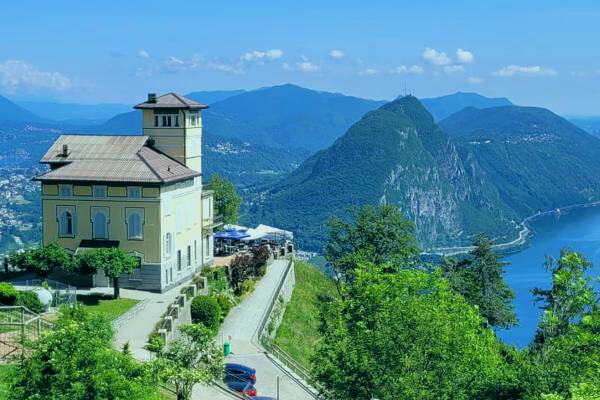
Parko San Grato
Located 10 kilometers north of Lugano, the Parko San Grato offers a spectacular collection of conifers and azaleas. The park covers an area of 62,000 square meters and offers breathtaking views of Lake Lugano and the Alps.
The park is a good stop for hikers or mountain bikers who want to take a break and have a bite to eat. The park has a playground for children and a picnic area. It is open all year round, making it a popular destination for tourists.
The park also has a panoramic trail, which connects all parts of the park. There are coloured signs that you can follow to find the right route. This trail takes about 15 minutes to complete. There are also benches along the way to relax and enjoy the view.
Museum d'Arte della Svizzera
MASI (Museo d'Arte della Svizzera Italiana) is a Swiss museum of art that was founded in 2015. Its collection is based on works by artists who are from the territory. The museum has two locations: Lugano and LAC.
MASI was formed after the union of two museums: Museo d'Arte (della Citta di Lugano) and Museo Cantonale d'Arte. The first consists of 2'936 works from the former, while the latter includes more than 14,000 artworks. The new complex is located in Lugano, and will include a permanent collection.
MASI's exhibitions are divided into three spaces: Spazio-1, Spazio-3, and the Agora. Each space has a different focus. Recent highlights have included the work of Belgian surrealist Rene Magritte, and European pop art. MASI aims to promote the cultural legacy of Ticino by constantly evolving its arrangements.
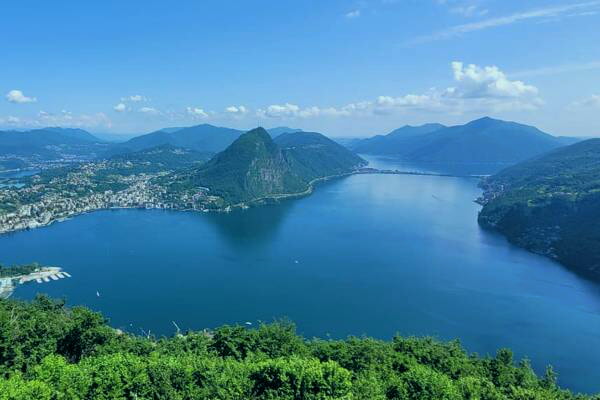
Olive Tree Trail
Located on the Swiss/Italian border, Lugano is a city on Lake Lugano. The area is studded with classic Swiss mountain terrain and has a Mediterranean climate. It is also home to one of the rarest trails in Europe, the Olive Trail.
The Associazione Amici dell'Olivo (Olive Friends Association) is an organisation that works to revitalize the area around the olive tree. It has been working to do this since 2000. The group has planted new trees among the ancient ones. There is a marked path to follow.
Along the trail there are 18 information stations. These provide visitors with a variety of interesting facts about the olive tree. They cover botany, the uses of olive oil and the cultivation of olives in Ticino. There are also education panels that explain the history of olive growing in Ticino. These are available in four languages.


